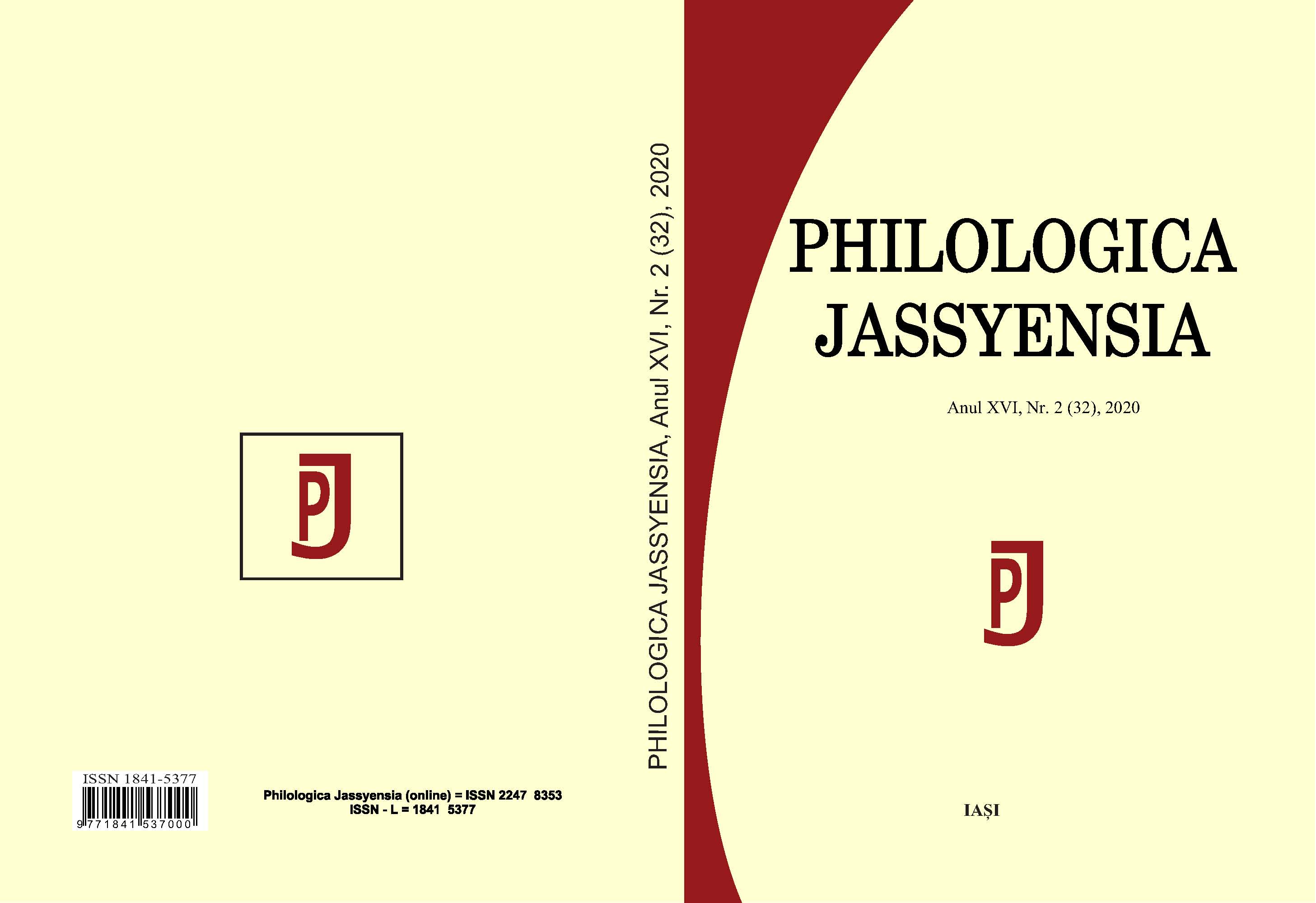Noaptea de Sânziene de Mircea Eliade, roman tradus în limba japoneză
The Forbidden Forest by Mircea Eliade, Translated into Japanese
Author(s): Haruyo MaruyamaSubject(s): Comparative Study of Literature
Published by: Editura Tracus Arte
Keywords: Mircea Eliade; literary translation; foreignization; domestication; cultural references;
Summary/Abstract: As reflected by its title, the present paper aims to present some key aspects that can be found in the Japanese literary translation of Mircea Eliade’s novel The Forbidden Forest. The method of analysis is based upon two core concepts extracted from the theoretical work of Lawrence Venuti, an emblematic figure of modern translation studies. Thus, by offering a few detailed examples of how the Japanese translator Haruya Sumiya conducted his translation work for this novel, I am going to try to identify whether his approach is more prone to fall into the domestication or the foreignization category. Before proceeding with the analysis, both domestication and foreignization terms are comprehensively explained in the introductory part. Because I do not believe the analysis should be restricted only to the main text of the novel, the first point of discussion deals with the title, the postface, and the explanatory notes, as they all represent an integral part of the translation process and are meant to ease the reader’s experience while following the contents of a text that has its origin in a completely different culture. The second point of discussion is dedicated to the analysis of cultural references through the means of a few words extracted from the main text of the novel. Two of these words, which have their roots deeply embedded in the Romanian folklore, are thoroughly explained and the whole thought process behind their translation is revealed. The other two words, derived from the Christian terminology, are briefly taken into discussion in order to determine why the translator opted to render them into Japanese by employing Buddhist terms, thus letting the domestication method prevail in such cases. The Conclusions represent the last section of this article, and comprise the results of the previous analysis while establishing whether the target text is closer to the Romanian or the Japanese culture.
Journal: Philologica Jassyensia
- Issue Year: XVI/2020
- Issue No: 2 (32)
- Page Range: 281-286
- Page Count: 6
- Language: Romanian

